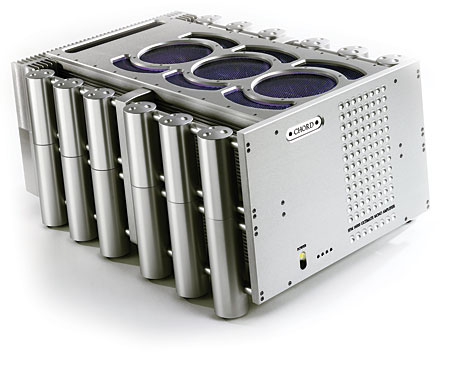| Columns Retired Columns & Blogs |
I purchased 3 Chord amps and a preamp for various systems. Pre amp magnetic function selectors failed, making preamp useless. Stereo amp 1. one channel failed. Stereo amp 2. one channel failed. Stacked stereo amp, one channel in each amp failed. Remaining channels emitting shriek. As pre and amps were used in Central Europe repairs would have cost massive 2 way transport and insurance to UK for repair plus heavy repair/testing bills. Went to DIY tubes, Transcendent Sound, SE OTL. Realized the best full range speakers need 1/10 of a watt! Audio Nirvana, AER etc. Good luck with your Chords!






































